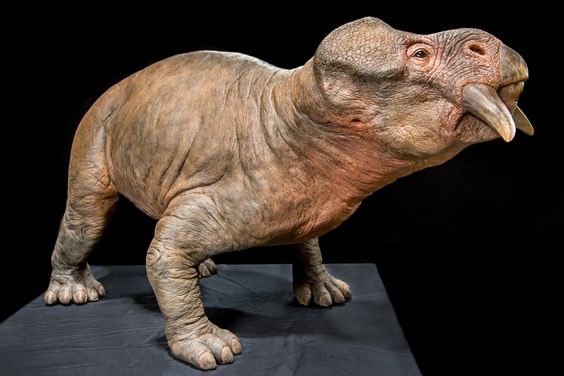Lystrosaurus was a classic example of a dicynodont (“two dog toothed”) therapsid—that is, one of the “mammal-like reptiles” of the late Permian and early Triassic periods that preceded the dinosaurs, lived alongside the archosaurs (the dinosaurs’ true ancestors), and eventually evolved into the earliest mammals of the Mesozoic Era.

As therapsids go, though, Lystrosaurus was on the much less mammal-like end of the scale:
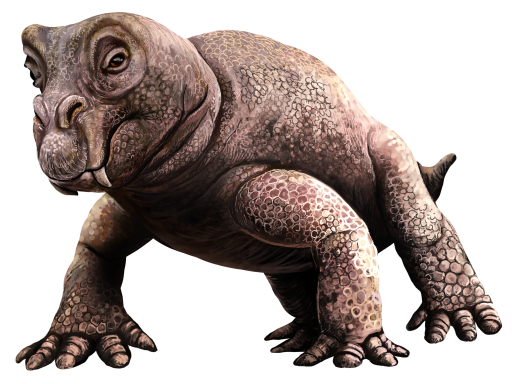
it’s unlikely that this reptile possessed either fur or a warm-blooded metabolism, putting it in stark contrast to near contemporaries like Cynognathus and Thrinaxodon.
The most impressive thing about Lystrosaurus is how widespread it was. The remains of this Triassic reptile have been unearthed in India, South Africa and even Antarctica (these three continents were once merged together into the giant continent of Pangea), and its fossils are so numerous that they account for a whopping 95 percent of the bones recovered at some fossil beds.
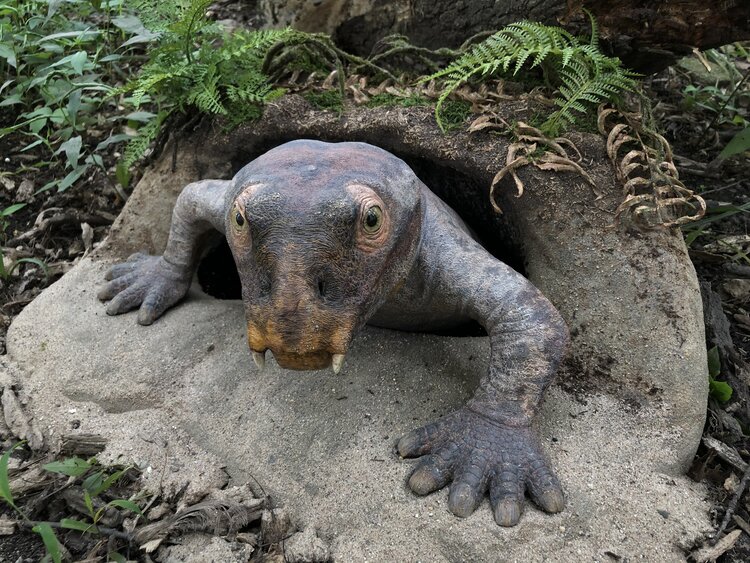
No less an authority than the famous evolutionary biologist Richard Dawkins has called Lystrosaurus the “Noah” of the Permian/Triassic boundary, being one of the few creatures to survive this little-known global extinction event 250 million years ago that killed 95 percent of marine animals and 70 percent of terrestrial ones.

Why was Lystrosaurus so successful when so many other genera went extinct? No one knows for sure, but there are a few theories.
Perhaps the unusually large lungs of Lystrosaurus allowed it to cope with plunging oxygen levels at the Permian-Triassic boundary; perhaps Lystrosaurus was somehow spared thanks to its presumed semi-aquatic lifestyle (the same way crocodiles managed to survive the K/T Extinction tens of millions of years later); or perhaps Lystrosaurus was so “plain vanilla” and unspecialized compared to other therapsids (not to mention so petitely built) that it managed to endure environmental stresses that rendered its fellow reptiles kaput.
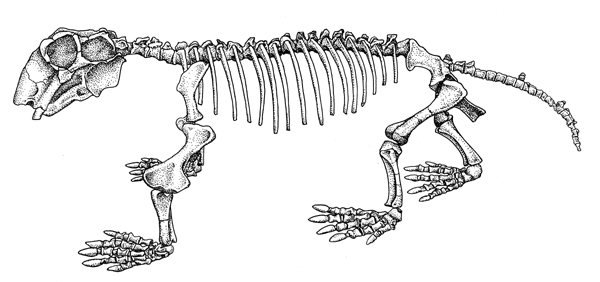
(Refusing to subscribe to the second theory, some paleontologists believe that Lystrosaurus actually thrived in the hot, arid, oxygen-starved environments that prevailed during the first few million years of the Triassic period.)
There are over 20 identified species of Lystrosaurus, four of them from the Karoo Basin in South Africa, the most productive source of Lystrosaurus fossils in the entire world.
By the way, this unprepossessing reptile made a cameo appearance in the late 19th century Bone Wars: an amateur fossil-hunter described a skull to the American paleontologist Othniel C. Marsh, but when Marsh didn’t express any interest, the skull was forwarded instead to his arch-rival Edward Drinker Cope, who coined the name Lystrosaurus.
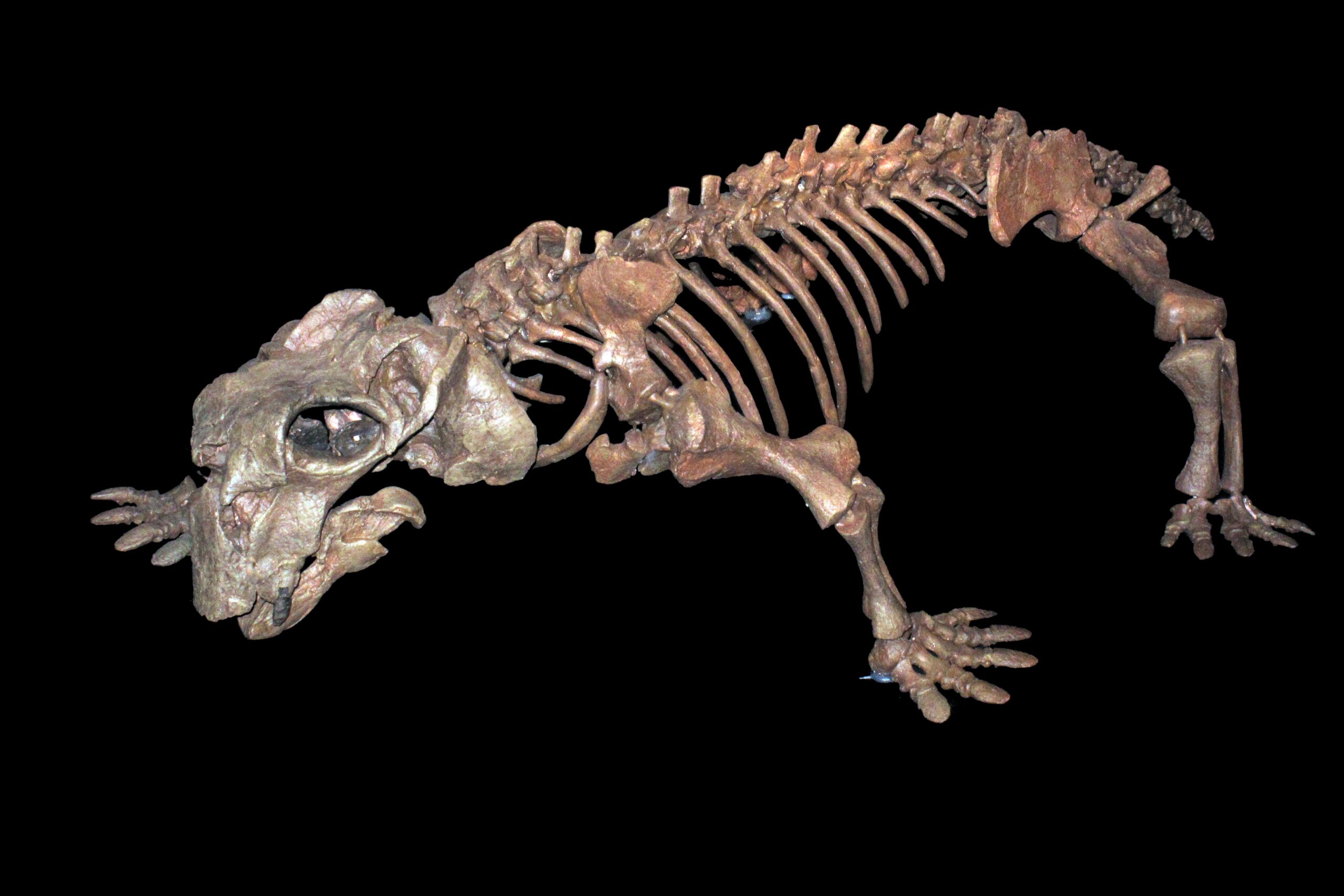
Oddly, a short time later, Marsh purchased the skull for his own collection, perhaps wishing to examine it more closely for any mistakes Cope may have made!

